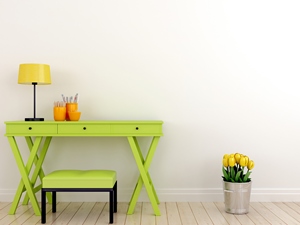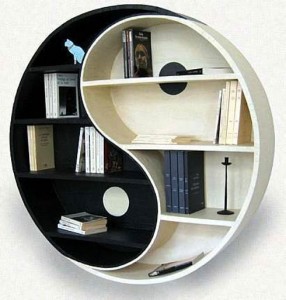 by Lisa Janusz
by Lisa Janusz
Summer is ending and we’re heading into that time of the year; back to school. Whether you have a little one just starting the scene or one that is heading into graduation year, there is no doubt routines will change. A new school year, like a new job, or any new endeavor, brings with it new energy, excitement and an opportunity to create change. Capitalize on that “newness” by setting your child – or yourself – up for success.
- Create structure. You don’t have to write a checklist or get too rigid on this one. But having a plan for the mornings and afternoons can help a child feel empowered (they know what’s happening) and secure. This translates throughout the day.
- Micro-manage the bed. The bed is a place for rejuvenation and a place to dream. Make sure it’s comfortable, age appropriate in terms of bedding, has a solid headboard for support and has nothing underneath to disrupt sleep. (Bonus points if you can set it up so when lying in it they can see the door.)
- Designate a study spot. Make sure there’s a good chair (another way to “have their back” in Feng Shui) and what they need – pencils, erasers, place for a snack. The importance of the task is communicated by a commitment to it – so in this case, if you think homework is important, show that by having a proper place to do it.
- Keep calm. Everything has energy in Feng Shui, so be sure the “things” that surround them during the day and especially at night help create a sense of calm. This might mean covering a bookcase at night, containing toys in baskets or bins, clearing clutter and having room to “breathe.”
These same tips can apply to you if you’re starting a new venture. Have a structure for how you are going to accomplish your goals: designate a time to check email, brainstorm marketing, make calls to clients and prioritizing “to dos.” Also, make sure you have a headboard, don’t store anything under your bed and create a calming room that’s conducive to good rest. Don’t forget a proper desk and high-backed chair, which will add to you feeling supported.
For a few more tips, you can read a past back to school article.
As the new routines become the regular routines, and the days get busier, make a conscious effort to create a calm environment that will serve you and your family. There is so much influence on our energy from what is around us, choose things that spark joy, passion and balance.
 By Sharon Witt
By Sharon Witt Sharon Witt is a Wind & Water School Certified Graduate and the owner of Sharon Witt Feng Shui.
Sharon Witt is a Wind & Water School Certified Graduate and the owner of Sharon Witt Feng Shui.









Recent Comments